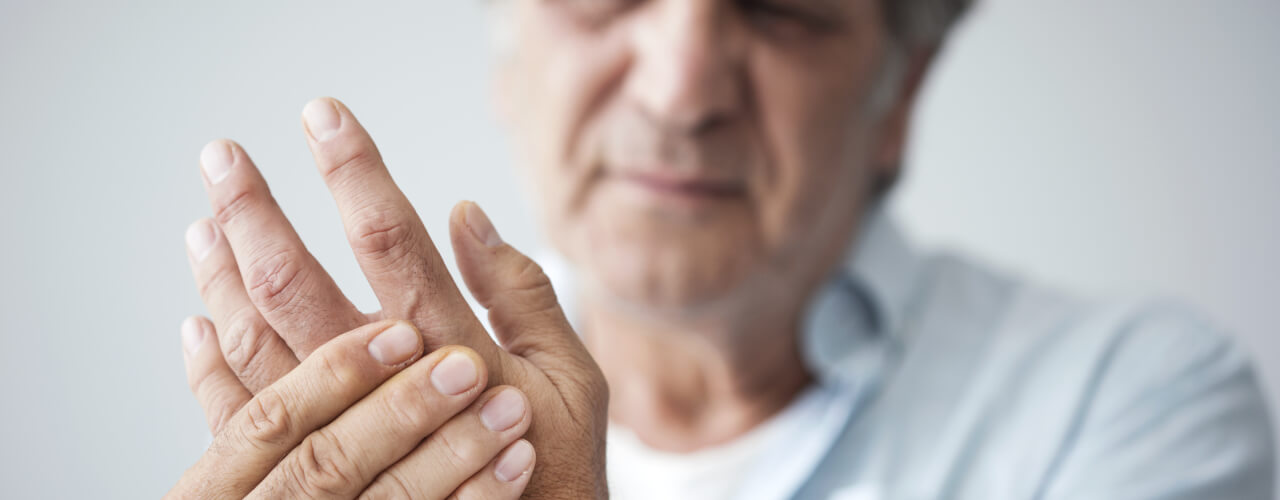Soreness or injury in one or more of your joints is called juvenile idiopathic arthritis. It is also called rheumatoid arthritis. There are specific ways and treatments to follow in physical therapy to cure juvenile idiopathic arthritis(JIA). Mostly it is seen in preschool-age children or teenagers and commonly found in girls very often. It is just a kid-sized version of adult rheumatoid arthritis. There are various types of JIA, and symptoms vary between the different types. Knowing which type you have helps evaluate the probability you’ll grow out of JIA.
JIA may be difficult to control in some people, but most cases will be well handled with physical treatment most of the time. If you have arthritis as part of another condition, it’s often managed in a very similar way to JIA.
Symptoms
The typical symptoms in JIA are joint pain and swelling, stiffness, tenderness, and warmth present for at least six weeks. You can see your doctor if the following symptoms are found:
- Painful and stiff joints.
- Joints that are warm to touch.
- Increased tiredness.
- A fever that keeps returning.
- A limp but no injury.
- Erosion of bones.
- Misalignment of joints.
- Alteration in growth patterns.
Sometimes, if other kinds of arthritis are found in an adult, Juvenile Arthritis can affect the spine.
Diagnosis
A pediatric rheumatologist will conduct your diagnosis, examine you and ask certain questions about your condition. The analysis is not always straightforward, and there are some guidelines for diagnosing JIA. The doctor will conduct a physical exam and order laboratory tests. He or she will need to monitor your child’s signs for at least 6 weeks initially and then for 6 months after the onset of the disease because, during this time, the number of joints involved will help determine the diagnosis. The doctor will take a blood test and x-rays. Inclusion of other are done like as below:
- Ultrasound or MRI scan.
- Removing fluid from the joints to rule out infection.
- Bone marrow examination to rule out some rare conditions.
Type of Juvenile Idiopathic Arthritis
Juvenile Idiopathic Arthritis is a spectrum of joint disorders. With the help of physical therapy, different types of arthritis can be treated. Below are some types of JIA :
- Oligoarthritis – The most common type affects about two-thirds of young people with arthritis. It’s often mild. It acts primarily on one or both knees. Most likely to cause eye inflammation. If you develop problems with five or more joints after six months, this is called extended oligoarthritis. This can cause joint damage. Your doctor may suggest early treatment with drugs like methotrexate to keep the damage to a minimum.
- Polyarthritis – At least five joints are involved during the first 6 months. Polyarthritis involves small joints like fingers, toes, ankle, hips, neck, jaw, and wrists. However, the weight-bearing joints can be affected. It may come on suddenly or can steadily involve more joints over months. You may occasionally get a fever and feel unwell and tired.
- Psoriatic Arthritis – It usually occurs along with skin disease. A combination of joint pain and skin rash is known as psoriatic arthritis. Usually, it affects your fingers and toes and sometimes other joints too.
- Enthesitis-related JIA – This group of conditions includes inflammation of the spine joints, affecting the soft tissues around the joints capsules, ligaments, and tendons. Children with a distinct genetic marker are more prone to this type of arthritis.
- Undifferentiated JIA– If the child’s signs and symptoms do not meet the criteria for any of these specific categories or meet the requirements for more than one category, they are diagnosed with undifferentiated JIA.
Treatment in Physical therapy
Juvenile idiopathic arthritis requires careful diagnosis and treatment, usually by a pediatric rheumatologist. A physical therapist will prepare a treatment plan to cure your JIA after proper diagnosis. Physical therapy is an essential part of a child’s treatment plan for juvenile idiopathic arthritis (JIA). Exercise can help support muscle tone and preserve and recover the range of motion of the joints. A physical therapist can create a suitable exercise program for a person with JIA.
The physical therapist also may recommend using splints and other devices to keep joints developing evenly. A physical therapist will normally provide a set of specific exercises to help manage your child’s pain. These may involve the use of tools such as weights, therapy balls, or a treadmill.
Physical therapy may also include helping your child to select or make adaptations to sports and other physical movements. This will help to improve their level of fitness and their ability to perform different actions.
Physical therapy can help with pain, weakness, limited range of motion, and reduce physical ability. If you have been diagnosed with JIA, a physical therapist will help you to manage its symptoms.
Thomas Leonard a writer, who writes enriching posts. Apart from writing informative posts on the Health and Fitness, he also writes largely on fashion, health, lifestyle, travel, and other leading blogging platform &
loves to share his knowledge with others through blogging.

